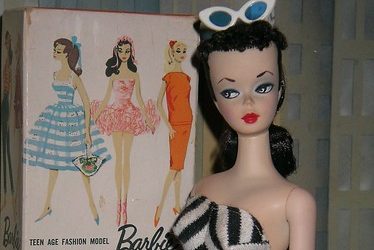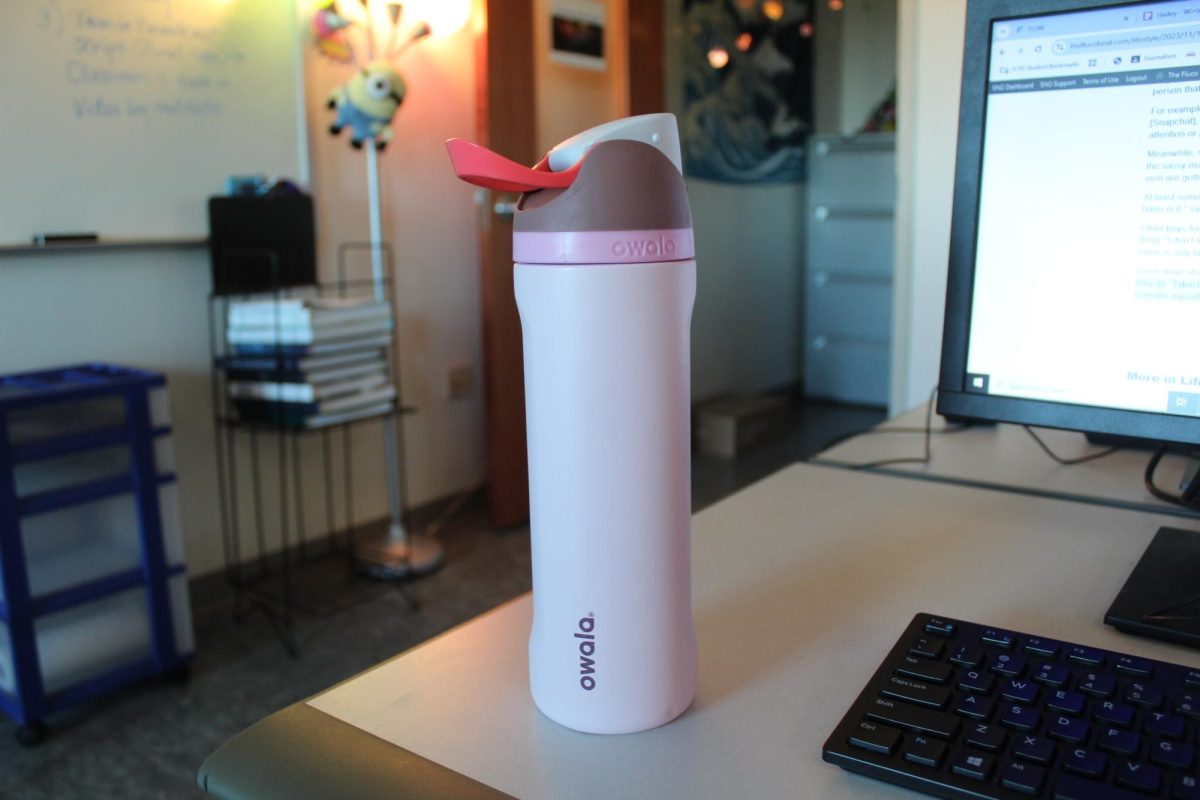In 1959, a generational figure was born. What was made merely as a doll for little girls to play with as they grew up, soon became a national inspiration. Barbie influenced young girls to envision themselves as women and inspire them to become whatever their hearts desired.
Throughout history, females have often been discouraged and told they shouldn’t achieve things meant for men. The Barbie doll challenged that view, and continues to do so to this day.
Barbie’s creator, Ruth Handler, named Barbie after her daughter Barbara Handler. Handler has noted in many interviews that Barbara played with paper dolls growing up and tended to give her dolls adult roles. In the 50’s and 60’s, it was common for little kids to play with baby dolls and action figures. Handler figured young girls would want a doll to be what they envisioned themselves to be when they were grown.
At the beginning of Barbie’s introduction to the world, many had doubts that an “adult” doll were capture the public’s interest. Handler had to essentially fight to get her idea made into reality. Even Handler’s husband warned her that no mother would let her child have a doll with breasts and such a womanly figure.
Despite being warned on many occasions that the Barbie idea had no future, Handler persisted, and that persistance paid off as Barbie quickly became the most sold doll in the world.
Once the doll became popular in the 1970s, there was a lot of backlash. According to Business Insider, “Barbie became a symbol that feminists hated for creating unrealistic ideas about bodies, upholding gender stereotypes, and whitewashing ideas about beauty.” Seeming to be a perfect image of a woman made a lot of people angry, as the Barbie doll was accued of creating beauty standards that made women feel inferior.
However, Handler had more in mind: She envisioned Barbie as an inspiration for young girls. She pitched the idea of envisioning the Barbie character being able to work in any job imaginable to provide girls with a mindset that women can become whatever they dream to be. The toy company Mattel then started producing Barbie versions with outfits suited for “jobs” ranging from astronauts, to fashion models, to nurses, and more.
Dolls such as Astronaut Barbie aired two years after Valentina Tereshkova became the first woman to travel to outer space in 1963. The Ida B. Wells Barbie created in 2022 symbolized the first self-made female millionaire to build a hair care and cosmetic brand by herself. The first hijab-wearing Barbie doll was inspired by U.S. Olympic fencer Ibtihaj Muhammad.
Younger generations might not understand or appreciate the influence the Barbie doll has had on many people. So in order to keep Barbie’s old memory alive, American director Greta Gerwig created the Barbie movie which was released in July of 2023 to worldwide acclaim.
To date, the movie has taken theaters by storm with many people attending the theater in Barbie’s notorious pink color in support. The film takes some of its own revolutionary views of Barbie, including her as a character who ultimately rejects the idea of being someone else’s creation. In fact, Barbie in the movie yearns to be a person with ideas, flaws, struggles, and personal values, not just someone else’s ideal.
Overall, the Barbie movie puts into perspective the idea that the stereotype of Barbie is outdated and impossible to achieve. “The movie made men seem like villains and made them less than women. I thought Barbie stood for feminism,” said FCHS sophomore Jamie Martinez-Lopez.
The movie features different types of Barbies, offering diversity in many ways, including having Hari Nef, a trans woman, playing a version of Barbie. “Overall, the movie was good, I liked how the movie portrayed inclusivity within how each Barbie was different in their own way,” said FCHS senior Kaity Cortez.
Nobody knows how long Barbie will stay popular, either as a doll or in future movies or other forms of entertainment. But for now, Barbie’s reign seems to have no end in sight.






